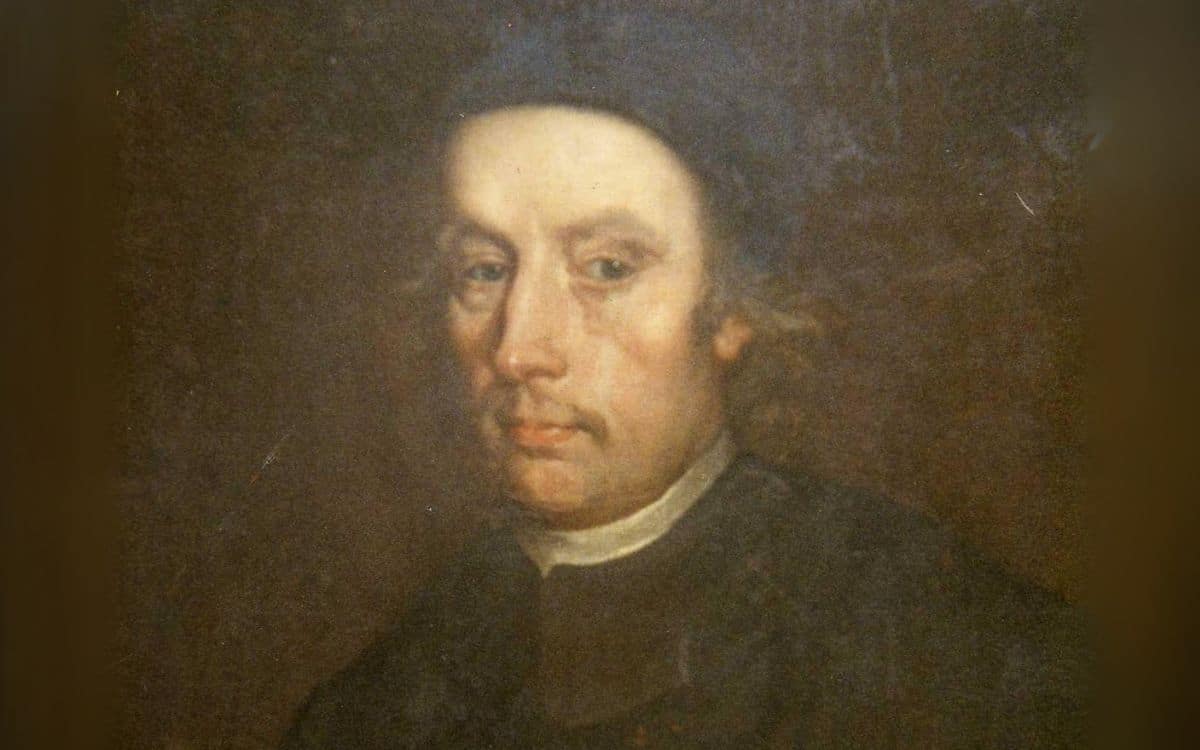Two chilling legends linked to St Edmund Arrowsmith reveal a story of martyrdom, miracles, and murder in Lancashire’s haunted past, writes RACHAEL ELIZABETH
There are many things that linger in the shadows of my memory. Some are unsettling. Some are just plain strange. Every so often, St Edmund Arrowsmith drifts to the surface.
Not as a ghostly figure at the foot of my bed, but as a name tied to a place that still sends a chill down my spine.
St Edmund Arrowsmith was the name of my high school. A Catholic school that still stands, quietly brooding on Rookery Avenue in Ashton-in-Makerfield.
Even now, just passing it in the car brings a familiar twist to my stomach.
The building hasn’t changed much. Neither has the feeling it gives me: cold, heavy, and vaguely watchful.
It’s not a place I associate with warmth or welcome. The staff and students during my time there weren’t exactly saints themselves, and those five years, mandated by law, felt like something closer to penance.
But among the detentions, whispered rumours, and cold corridors, one thing always fascinated me — the man behind the name.
Who was St Edmund Arrowsmith? Why did this particular martyr get his name etched above the school gates?
A Short History Lesson About St Edmund Arrowsmith
Edmund Arrowsmith was born in Haydock, Lancashire in 1585 to Robert Arrowsmith and Margery Gerard. The Gerard family were staunch Catholics. At the time, they were constantly harassed for their faith in Roman Catholicism.
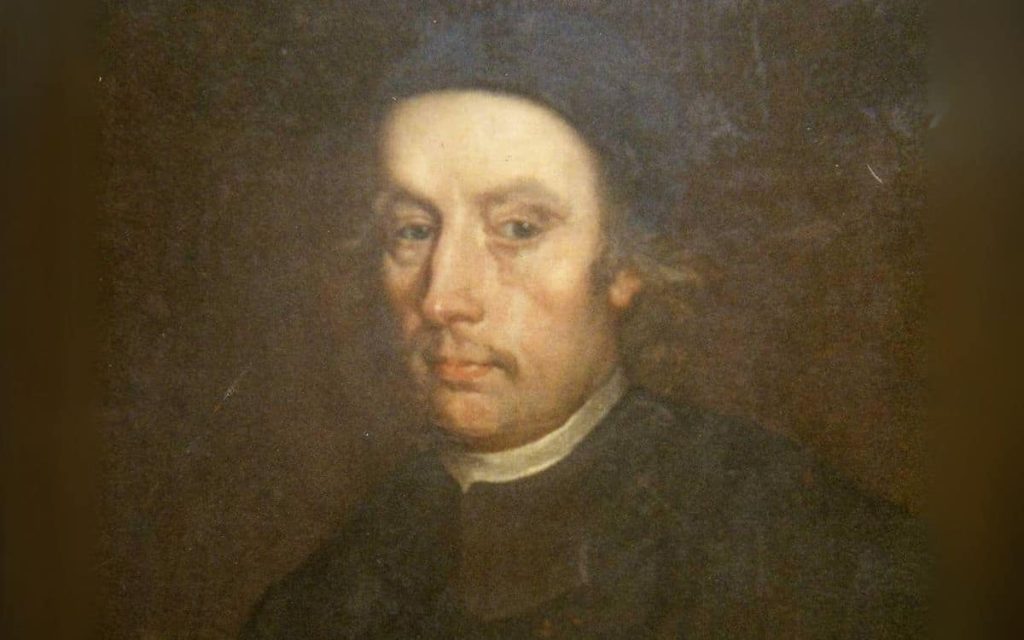
His parents met their fate at Lancaster Castle. His uncle, who trained English priests in France, also died there. One of his grandfathers died a “confessor” in prison.
Edmund was ordained at the Jesuit College, Douay, in 1612. The following year, he was sent on a mission to England. This mission was cut short in 1623, when he was betrayed by a man named Holden for performing mass in secret within local manor houses.
For his “crimes”, Edmund Arrowsmith was sentenced to death. He was hanged, drawn, and quartered in Lancaster on 28 August 1628.
After his brutal end, friends collected his remains to give him a proper burial. His severed hand was gifted to his mother’s family. At some point it was kept in Bryn Hall, and eventually placed in St Oswald’s Church, Ashton-in-Makerfield.
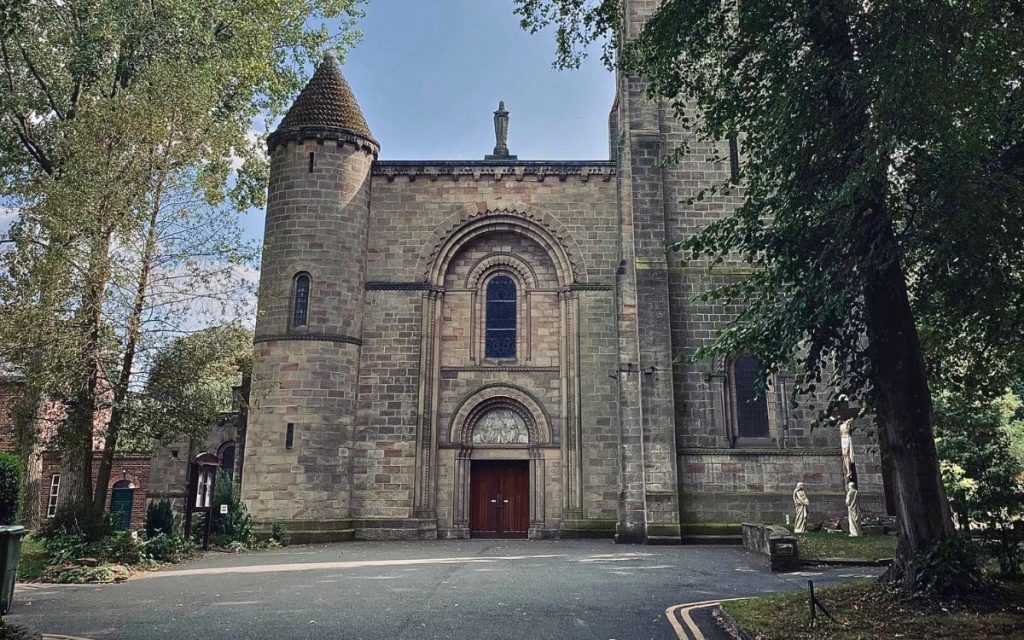
No Ordinary Hand
What makes this tale spooky, rather than simply bloody, is how the hand is said to have healing powers.
As late as 1736, a 12-year-old boy from Appleton-within-Widnes, Lancashire, was reportedly healed by the preserved hand of Father Edmund Arrowsmith. Doctors had deemed his illness hopeless.
After 15 months of paralysis, memory loss, and failing eyesight, his parents turned in desperation to the so-called “holy hand” of the martyred saint.
The relic, kept at Bryn, was brought to their home. Wrapped in linen and placed in a box, the hand was gently pressed to the boy’s back by his mother. She traced the sign of the cross while praying for Christ’s blessing.
She repeated the ritual twice. In front of seven stunned witnesses, the boy stood up and began walking. From that moment, his pain vanished, his memory returned, and his health steadily improved.
Those Left Behind
Another curious tale involving the “holy hand” took place at Ince Hall. The owner was on his deathbed when a lawyer was called in haste to draw up his will. Unfortunately, the man died before the lawyer could arrive.
Someone suggested a rather unusual solution. A clerk was sent to Bryn Hall to retrieve the hand of Father Arrowsmith. Once brought back, the hand was placed on the deceased. It is said he revived just long enough to sign the document.
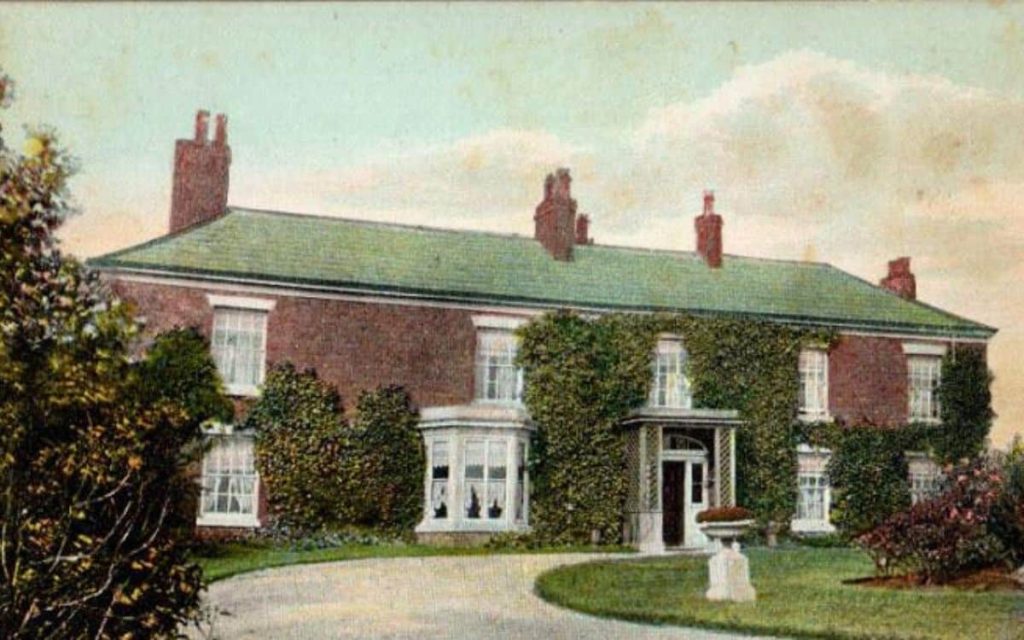
After the funeral, the man’s daughter came forward with an unsigned will. This version would have divided the estate between herself and her brother. But the lawyer presented another will — signed and sealed — leaving everything to him.
Tensions escalated. The son attacked the lawyer, then fled the country, never to be seen or heard from again. His sister also vanished without a trace.
Years later, while tending the grounds, a gardener unearthed a human skull. Whispers of foul play grew louder. By then, Ince Hall had already gained a reputation.
Some claimed the daughter’s ghost still lingered. Others said the lawyer, who spent his final years in Wigan, was haunted by her memory — if not something more.
There is still talk of a certain room in the Hall being haunted. Passers-by claim to see the faint figure of a woman hovering near the spot where her remains were thought to be found. Others believe she roams the building looking for the original will.
St Oswald’s Church, Ashton-in-Makerfield
The hand of St Edmund Arrowsmith is now kept within St Oswald’s Church, Ashton-in-Makerfield. It can be seen, encased in a glass orb, and is brought out during certain special masses.
Both of these tales are filled with violence and woe, ending in horrific deaths. One left behind a supposed healing hand. The other left the lost, wandering soul of a wronged woman, destroyed by greed.
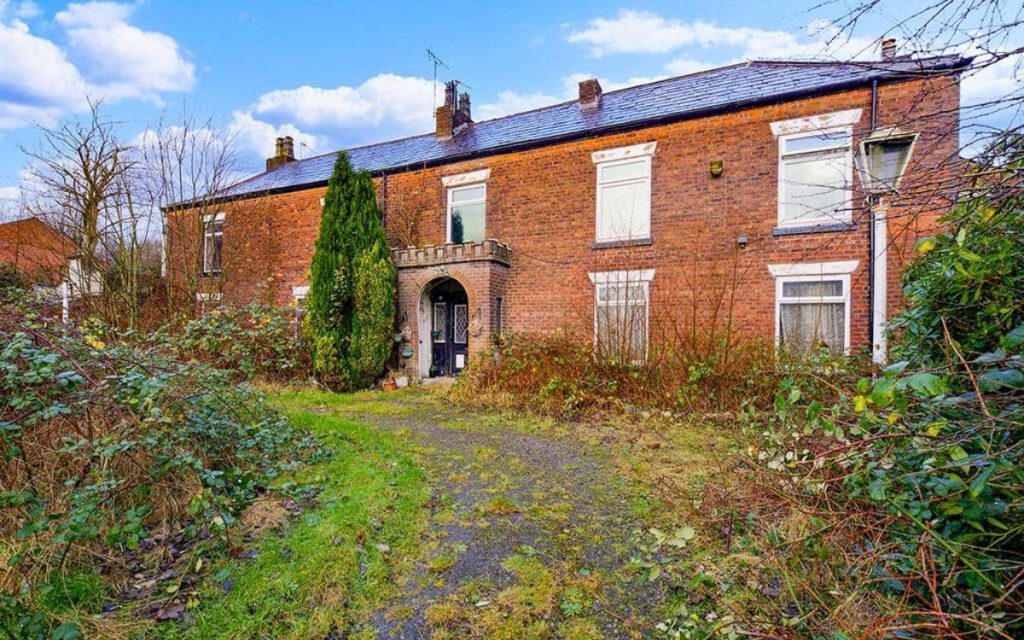
Today, Ince Hall — abandoned for many years — is on the market, ready to be snapped up by the highest bidder.
Let’s hope they don’t mind sharing it with a roaming, pained spirit.
Tells us your thoughts about this article in the comments section below!

